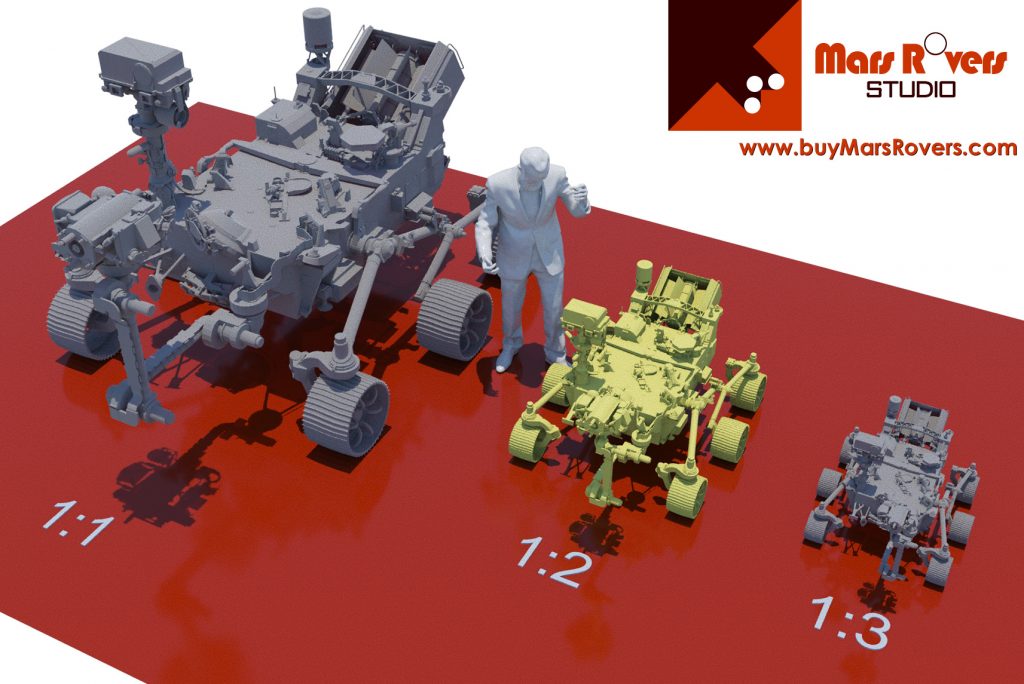There are two types of sample tubes on the Mars 2020 Perseverance Rover. The first type is the sample containers (or the sample tubes), and the second type is the witness tubes. Our 1:2 Mars Rover Replica will perfectly replicate the structure appearance of the sample tubes.
There are a total of 42 sample tubes that the Mars 2020 Perseverance Rover carries, and 4 of them are dedicated as witness tubes. For each Mars Rover Replica, there will be 42 sample tubes that come with it but if the customers want more as replacements, that is alright as well. Unlike the sample tubes, the Mars 2020 Perseverance Rover‘s witness tubes do not collect actual rock or soil samples, but they go through the same collecting process as the sample tubes. The purpose is to preserve the drilling condition, or the contamination knowledge, for when the samples are being drilled and filled into the sample tubes so that when the samples are analyzed in the future on Earth, scientists will know how earthly factors or even contamination from the Mars 2020 Perseverance Rover itself affect the condition of the samples. The witness tubes of the 1:2 Mars Rover Replica are perfect replicas of the real Mars 2020 Perseverance Rover‘s witness tubes in terms of the structure appearance including the colors, but the material might be slightly different.
Inside of the Mars 2020 Perseverance Rover‘s bit carousel, there is also a witness tube assembly, which is especially for collecting the contamination knowledge for the bit carousel’s condition, so that in the future, when the witness tubes are returned to Earth, scientists will know the working environment the Mars 2020 Perseverance Rover‘s bit carousel is exposed to. For our 1:2 Mars Rover Replica, the bit carouse and the witness tube assembly might be the last structure to replicate because they are mostly inside of the rover’s body and very sophisticated.


